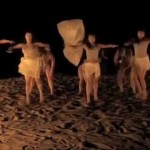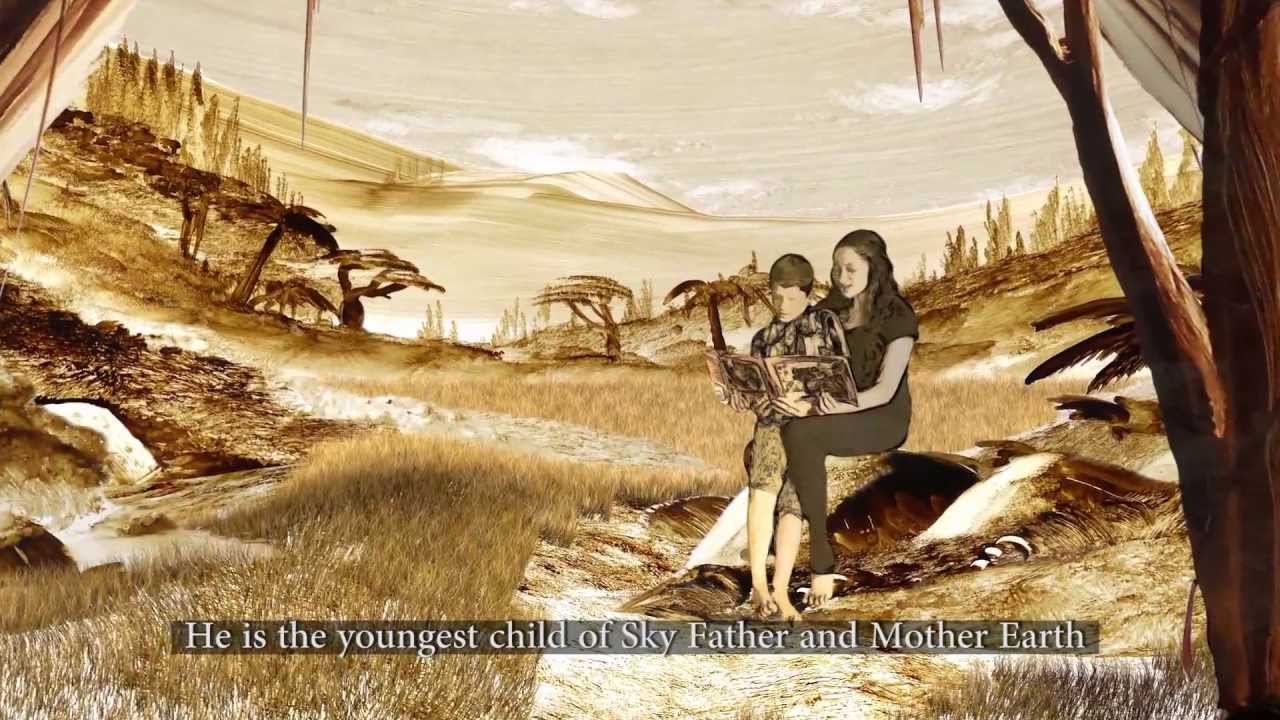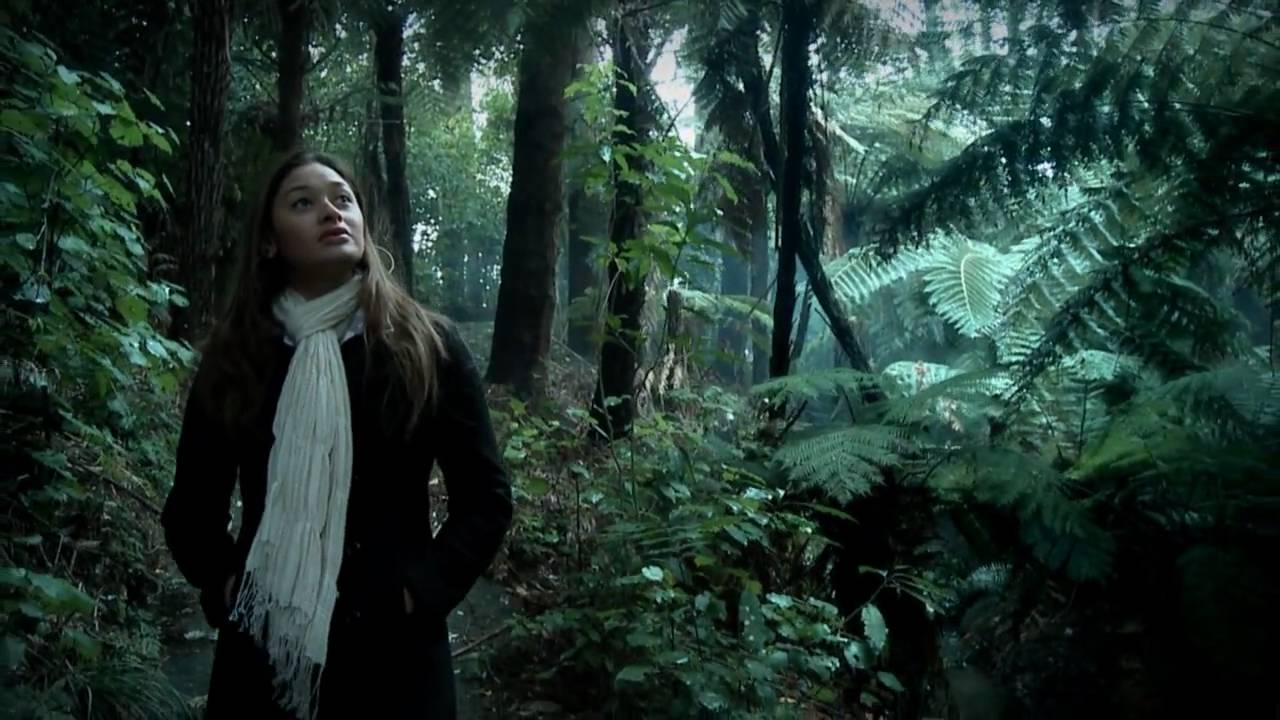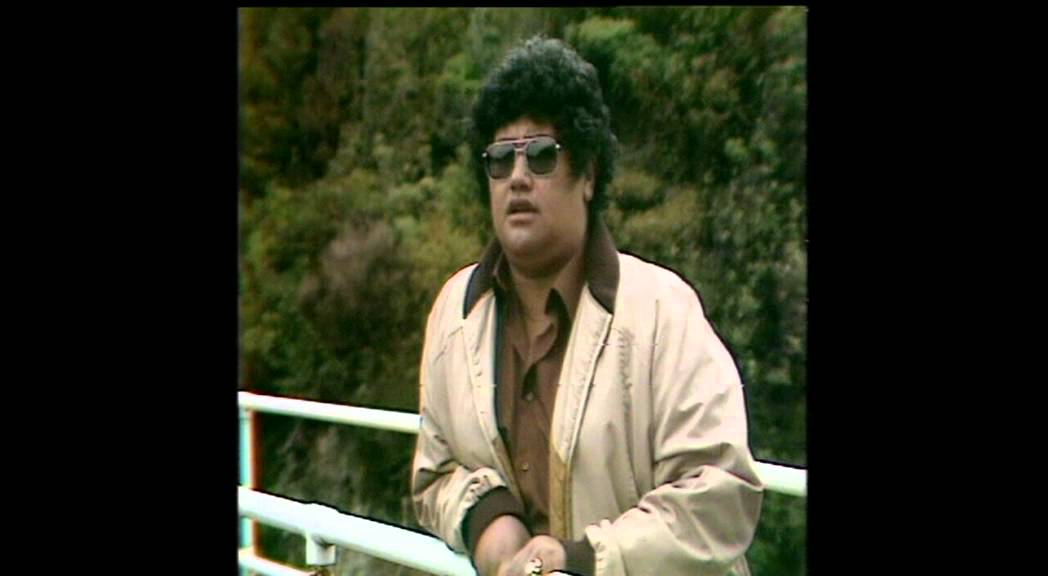23 Sep 2013
A CULTURAL, adventure and eco-tourism venture proposed by sea captain, project manager and carver Te Aturangi Nepia-Clamp has caught the attention of Gisborne tourism leaders and operators.
Mr Nepia-Clamp’s plan is to set a sculpture of Tangaroa, Maori god of the ocean, on the sea-bed at a suitable location in Gisborne waters.
Taken to the location on a traditonal, twin-hulled voyaging canoe, visitors would have the opportunity to dive down to the massive carving and have their photograph taken with it.
Mr Nepia-Clamp, who is of Ngati Porou, Rongowhakaata, Kahungunu and English descent, first proposed the idea more than 10 years ago but nothing came of it.
Before he left for Rarotonga in 2003, Mr Nepia-Clamp gave his sculpture to a friend who owned a shipping company in Auckland. Earlier this year, the shipping company owner told Mr Nepia-Clamp he planned to sell his house and would be happy for the carving of Tangaroa to come back to Gisborne.
Now the carving is home, Mr Nepia-Clamp is in discussion with Gisborne tourism leaders and operators about his concept and possible locations.
Visitors would have the added bonus of being taught about the traditional role of Tanagroa and conservation of our ocean environment, he says.
“We’re talking about a targeted market and how we can go about developing it.
“What I’m going to do this time round is ask for expressions of interest.”
Mr Nepia-Clamp’s concept was inspired by a photograph a friend showed him of a sculpture on the sea-bed off South America. Tourists dived down to the sculpture to have their picture taken with it.
This concept has also taken off in Rapanui, Easter Island, where locals have placed a moai, a gigantic human figure carved in stone, set on the seafloor has become the most popular dive venture in their waters, says Mr Nepia-Clamp.
He sees a parallel in another venture in Aitutaki, the second most visited island of the Cook Islands where locals catch bonefish for the table. In other countries bonefish is a popular fly gamefish and is mostly caught for sport.
“Now bonefishers from around the world come to Aitutaki to catch and release bonefish. Sustainable bonefish stocks benefit the local economy through eco-tourism.”
Tourism Eastland commercial manager Darryl Monteith says the potential in Gisborne man Te Aturangi Nepia-Clamp’s adventure, cultural and eco-tourism concept is massive.
Mr Nepia-Clamp wants to find a suitable underwater location for his sculpture of sea god Tangaroa so visitors can dive down to have their photograph taken with it.
“It’s a bloody doozie of an idea,” says Mr Monteith.
How far along the adventure spectrum Mr Nepia-Clamp’s concept should go needs to be considered in terms of maximising it as an adventure, cultural and eco-tourism experience, he says. The depth of the water for the dive would also have to be factored in.
“There’s a fine balance between making it accessible and unique and something special and targetted. Bungee jumping wouldn’t be anywhere near as interesting if you were jumping off something only ten foot high.”
He says the adventure industry has really matured here.
“We have Dive Tatapouri with the feed the stingrays experience. We have shark cage tours. We can cluster these visitor experiences to make Gisborne and the East Coast a must-do destination.
“But first and foremost, let’s get the dialogue underway.”
Having looked into the possibility of sinking a ship wreck offshore as a dive attraction, underwater vidoegrapher and Dive Tatapouri co-owner Dean Savage is also interested in Mr Nepia-Clamp’s concept.
Unlike the mountain of logistics involved in sinking a wreck, Mr Nepia-Clamp’s carving is comparable, in terms of size, to sinking a mooring block, he said.
While filming in and around Rapanui, Easter Island, for the Tangaroa with Pio TV series, Mr Savage photographed a sunken moai, a gigantic human figure carved in stone.
“It’s a major tourist attraction. It’s the biggest dive attraction in Rapanui.”
Mr Savage says his contribution to the Gisborne-east Coast Tangaroa project would be to use his experience as a dive tourism operator to help find a suitable location.
Currents, visibility, depth and distance from shore are all factors to be considered, he said.









